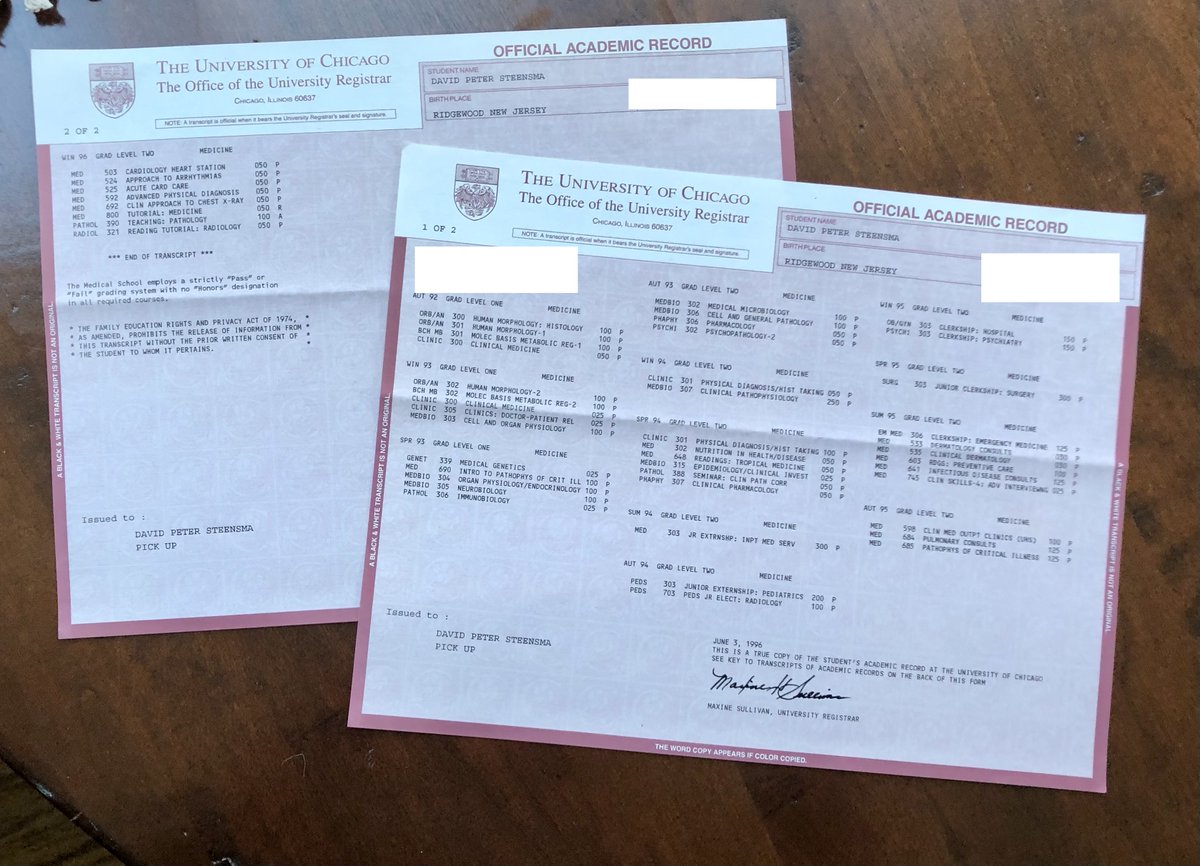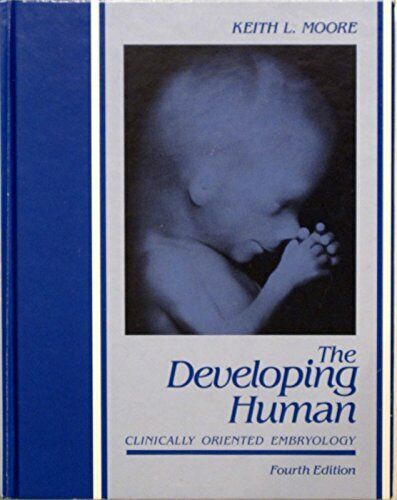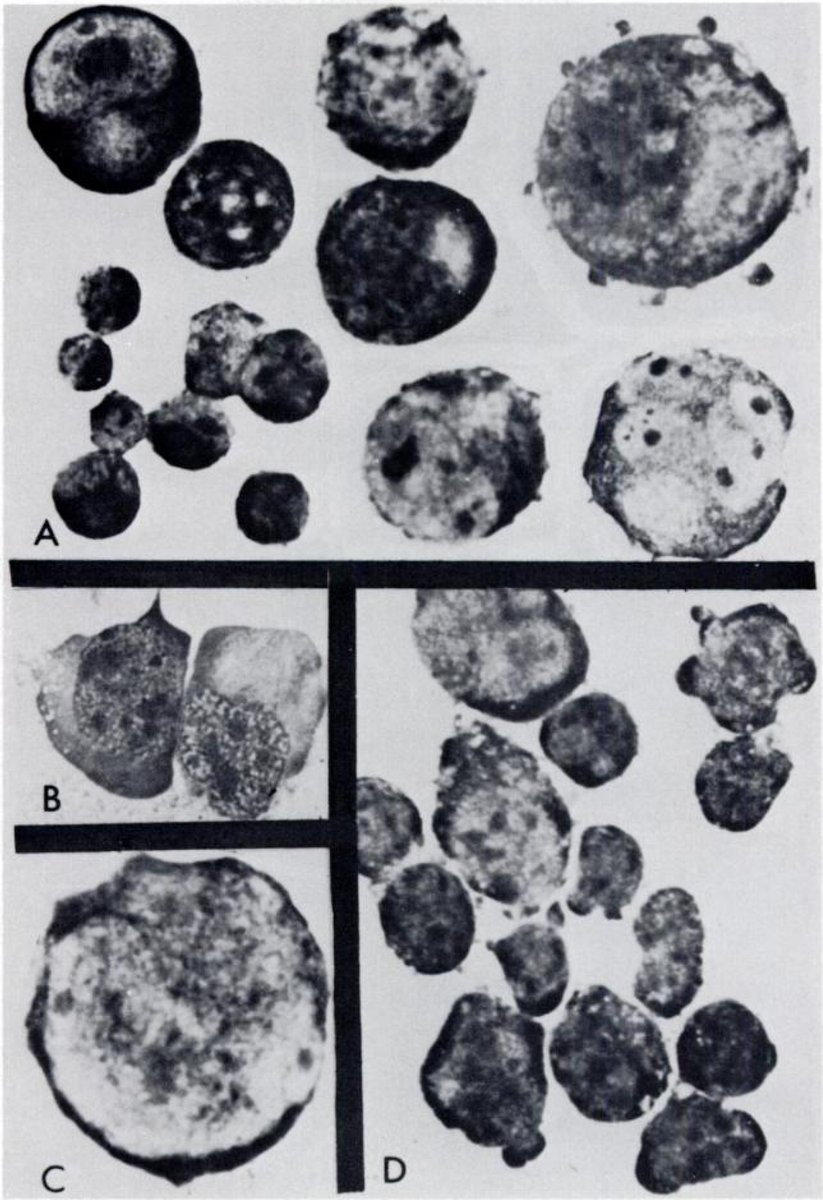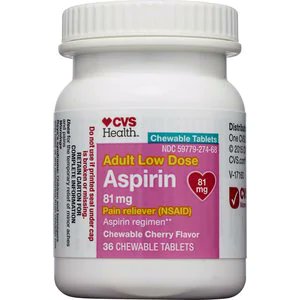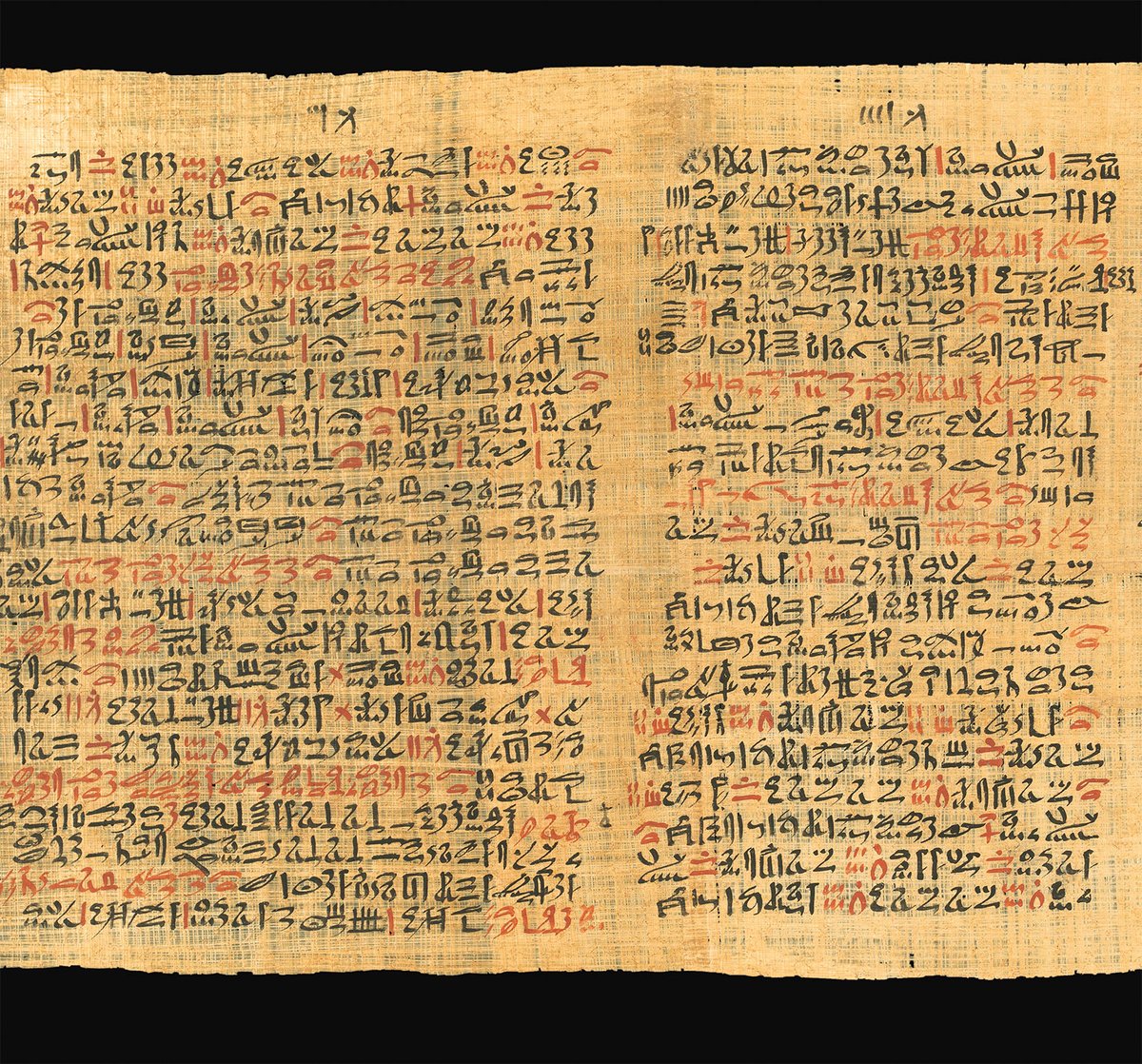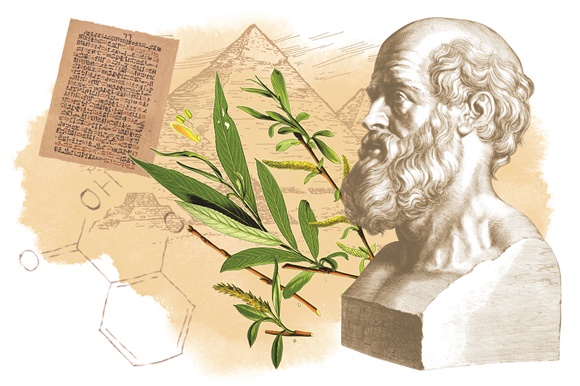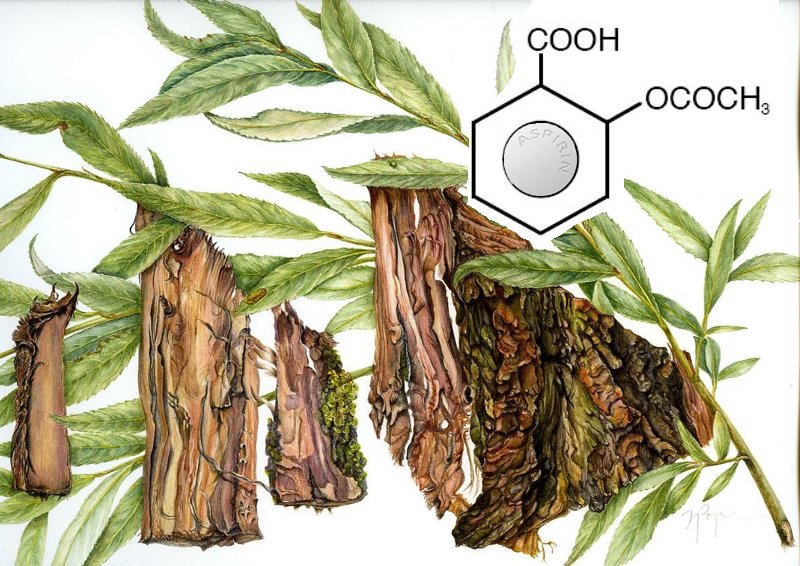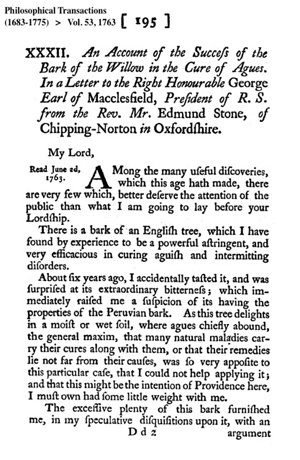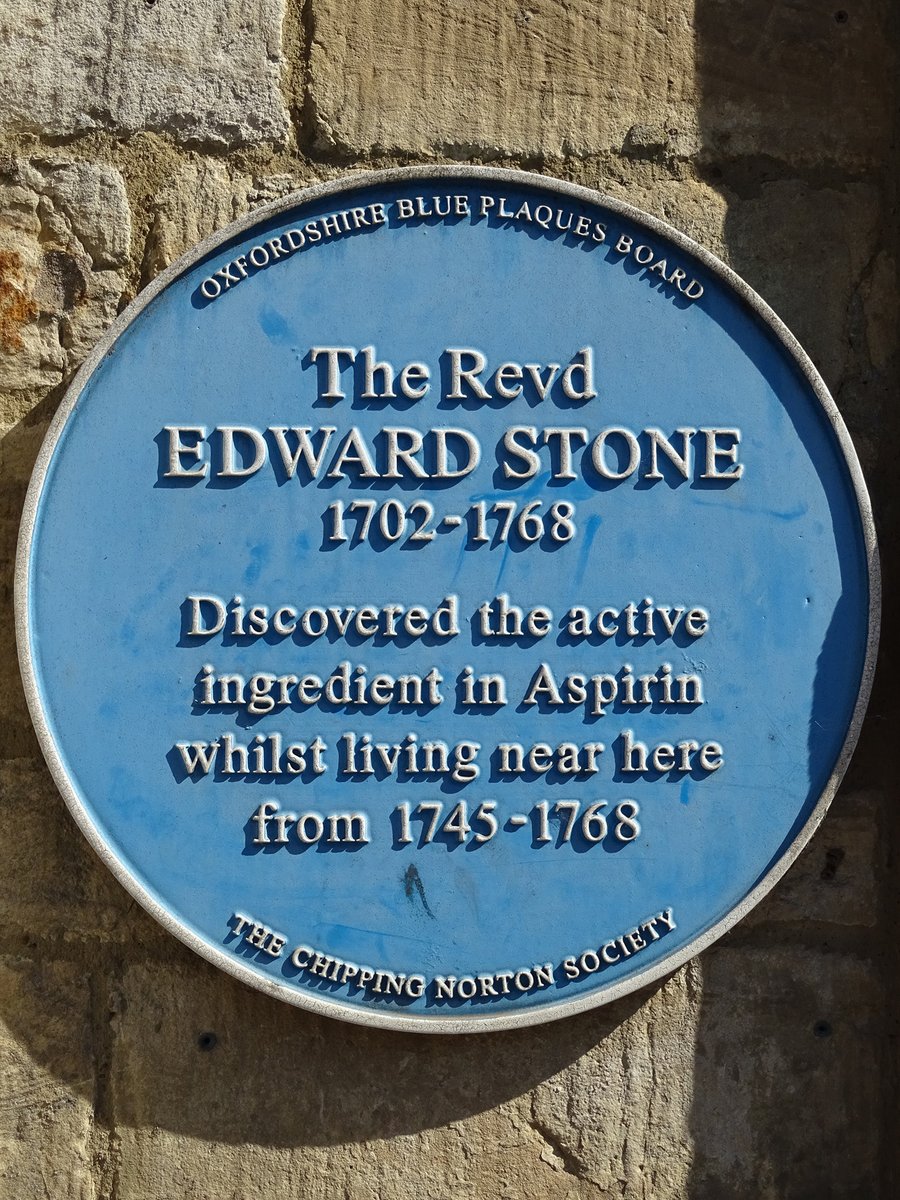
Among the many things I am #thankful for: recent progress in hematologic malignancies. When I started my career - not that long ago! - standard therapy for myeloma was melphalan & prednisone or VMP, chlorambucil for CLL, CHOP (without R) for NHL, epoetin & transfusions for MDS./1
CML was treated with Hydrea, busulfan, or interferon & Ara-C,and the big debate was transplant timing. Most patients didn't have an allo transplant donor & the age cutoff was 50-55. Karyotyping was inconsistently done even in AML/MDS; FISH was new; single gene testing was rare./2
No one knew about JAK2 mutations, let alone envisioning specific JAK2 inhibitors. There were elderly patients with polycythemia we treated with radiophosphorous. Many clinical trials were small IITs. The most "exciting" progress was in hairy cell leukemia: pentostatin & 2-CDA./3
If I'd been given a preview of #ASH22 abstracts in 1997, I would have been, to use a Britishism, "gobsmacked." Routine NGS and refined prognostic scores! Single cell sequencing! Heaps of kinase inhibitors, engineered cell therapies, MoAbs, bispecifics, protein degraders!🤯/4
I don't mean to be a Pollyanna; there are still huge unmet needs. Much work needs to be done. Certain diseases (eg AML in elderly people, amyloidosis with cardiac involvement, high risk MDS, almost anything with TP53 mutation) have been more resistant to progress than others./5
Too few patients have access to the best therapies, especially people living in the developing world. But... it is amazing to think about how far we have come (look at the incredible progress in myeloma!), and imagine what the next 25 years will bring./6End #MedTwitter @VincentRK
• • •
Missing some Tweet in this thread? You can try to
force a refresh




